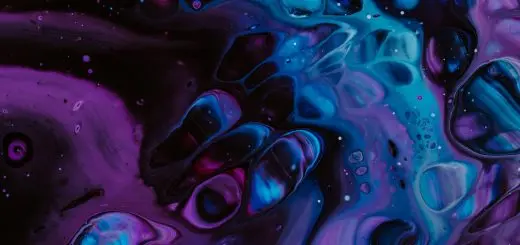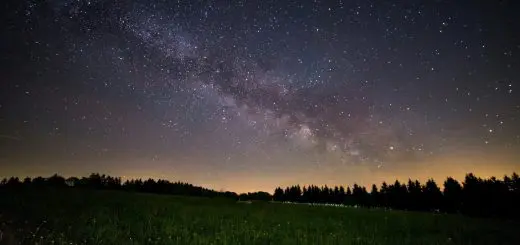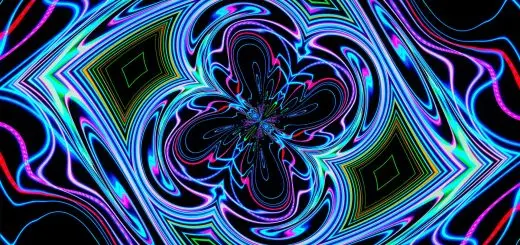Dance and Music: Cultural Expressions in Hinduism

Looking for more amazing products? Check out our online store and explore our collection here! Happy shopping!
Before diving in, please note: This post is for informational purposes only. If you’d like to know more about how we approach topics, feel free to check out our friendly Disclaimer Page.
Hey there, amazing readers! 
We’re committed to delivering quality posts, and your support (even just sticking around despite the ads) means everything to us. So, bear with us, and thanks for helping us keep the good vibes rolling. Now, on to the fun stuff!
TRANSLATE BUTTON AT THE END OF THE ARTICLE
A Quick Overview
Dance and music play a vital role in Hinduism, serving as essential cultural expressions that are deeply intertwined with religious practices and beliefs.
Traditional forms of dance and music in Hinduism are rich in symbolism and are used to convey spiritual stories, worship deities, and enhance rituals.
Throughout history, these art forms have evolved significantly, adapting to regional variations while still maintaining their core significance within Hindu culture.
From sacred dances to the use of musical instruments in worship, dance and music are integral components of Hindu rituals and ceremonies.
Dance and Music in Hinduism
Dance and music hold a special place in Hinduism, serving as powerful mediums of artistic expression and spiritual connection.
In Hindu tradition, dance is not just a form of entertainment but a way to communicate with the divine.
Music, on the other hand, is believed to have the ability to evoke specific emotions and create a sacred atmosphere during rituals and ceremonies.
Both dance and music are considered essential parts of worship and devotion in Hindu culture.
Traditional Forms of Dance
In Hinduism, there are several traditional forms of dance that have been passed down through generations.
Some of the most well-known classical dance forms include Bharatanatyam, Kathak, Odissi, Kuchipudi, and Mohiniyattam.
Each of these styles has its own unique movements, gestures, and costumes that are used to depict stories from Hindu mythology and express devotion to the gods.
These dances are often accompanied by traditional music, creating a harmonious blend of movement and sound that is both captivating and spiritually uplifting.
Importance of Music in Rituals
Music plays a significant role in Hindu rituals and ceremonies, serving as a bridge between the physical and spiritual realms.
In Hinduism, certain ragas (melodic modes) and talas (rhythmic patterns) are believed to have specific effects on the mind and body, influencing the mood and atmosphere of the ritual.
Musicians often use traditional instruments such as the tabla, sitar, flute, and mridangam to create a sacred ambiance that enhances the worship experience and fosters a deeper connection with the divine.
Influence of Hindu Deities
Hindu deities have a profound influence on dance and music in Hindu culture.
Many classical dance forms are dedicated to specific gods and goddesses, with each movement and gesture symbolizing aspects of the divine.
For example, the graceful movements of Bharatanatyam are often dedicated to Lord Shiva, while the intricate footwork of Kathak honors Lord Krishna.
Music compositions in Hinduism often include hymns and chants that praise the deities and invoke their blessings during rituals and ceremonies.
Sacred Dances and Music
Sacred dances and music are an integral part of Hindu worship, with each movement and melody carrying deep spiritual significance.
From the rhythmic beats of the mridangam to the melodious strains of the veena, every aspect of dance and music in Hinduism is designed to enhance the worship experience and elevate the soul towards the divine.
Sacred dances such as the Dandiya Raas and Garba are performed during festivals like Navaratri to celebrate the triumph of good over evil and invoke the blessings of the goddess Durga.
Historical Evolution of Dance
The history of dance in Hinduism is a fascinating tale of evolution and adaptation.
Over the centuries, classical dance forms have undergone significant changes, incorporating influences from various regions and cultures while still maintaining their traditional roots.
From the temple sculptures of ancient India to the courtly dances of medieval times, the evolution of dance in Hinduism reflects the rich cultural heritage and diversity of the Indian subcontinent.
Regional Variations in Music
Hindu music exhibits a wide range of regional variations, each with its own unique style and flavor.
From the classical Carnatic music of South India to the folk music of Rajasthan, the diversity of musical traditions in Hinduism is truly remarkable.
Each region has its own distinct musical instruments, scales, and rhythms that reflect the local culture and traditions.
Despite these differences, music remains a unifying force in Hindu worship, bringing people together in harmony and devotion.
Symbolism in Hindu Dance
Hindu dance is rich in symbolism, with each movement and gesture carrying deep spiritual meaning.
From the mudras (hand gestures) of Bharatanatyam to the facial expressions of Kathak, every element of classical dance in Hinduism is designed to convey specific emotions and stories.
The intricate footwork, graceful movements, and elaborate costumes of traditional dance forms all serve to symbolize the eternal dance of creation and destruction, echoing the cosmic rhythms of the universe.
Role of Dance in Worship
Dance plays a crucial role in Hindu worship, serving as a way to express devotion and connect with the divine.
Many temples in India have dedicated dance halls where performances are held to honor the gods and goddesses.
Dance is also an integral part of religious festivals and ceremonies, with dancers often portraying mythological stories and legends through their movements.
Through dance, worshippers can transcend the physical realm and enter into a state of spiritual ecstasy, experiencing a deep sense of union with the divine.
Musical Instruments in Hinduism
Musical instruments hold a special place in Hindu worship, with each instrument serving a specific purpose in enhancing the sacred atmosphere of rituals and ceremonies.
The tabla, for example, is used to create rhythmic patterns that accompany dance performances, while the sitar and veena produce melodic sounds that evoke a sense of peace and tranquility.
Other instruments like the flute, mridangam, and harmonium are also commonly used in Hindu music to add depth and texture to the musical experience.
Stories Through Dance
One of the unique aspects of dance in Hinduism is its ability to tell stories and convey complex emotions without the need for words.
Through movements, gestures, and expressions, dancers are able to bring ancient myths and legends to life, captivating audiences and evoking powerful emotions.
Whether depicting the love story of Radha and Krishna or the battle between good and evil, dance in Hinduism serves as a visual narrative that transcends language and cultural barriers, speaking directly to the heart and soul of the viewer.
Contemporary Expressions of Dance
In modern times, classical dance forms in Hinduism have continued to evolve and adapt to the changing cultural landscape.
Contemporary dancers are exploring new themes, styles, and techniques while still honoring the traditional roots of their art.
Fusion dances that combine elements of classical and contemporary styles are becoming increasingly popular, appealing to a broader audience and showcasing the versatility and creativity of Hindu dance.
Despite these innovations, the core principles of devotion, spirituality, and storytelling remain at the heart of dance in Hinduism.
Conclusion
In conclusion, dance and music are integral components of Hindu culture, serving as powerful tools for spiritual expression, worship, and storytelling.
From traditional forms of dance like Bharatanatyam and Kathak to the sacred melodies of Carnatic music, Hinduism’s rich artistic traditions continue to captivate and inspire people around the world.
Through dance and music, devotees can connect with the divine, express their devotion, and experience a deep sense of unity with the cosmos.
The evolution of dance and music in Hinduism reflects the enduring beauty and diversity of India’s cultural heritage, preserving ancient traditions while embracing new forms of artistic expression.

The Enlightenment Journey is a remarkable collection of writings authored by a distinguished group of experts in the fields of spirituality, new age, and esoteric knowledge.
This anthology features a diverse assembly of well-experienced authors who bring their profound insights and credible perspectives to the forefront.
Each contributor possesses a wealth of knowledge and wisdom, making them authorities in their respective domains.
Together, they offer readers a transformative journey into the realms of spiritual growth, self-discovery, and esoteric enlightenment.
The Enlightenment Journey is a testament to the collective expertise of these luminaries, providing readers with a rich tapestry of ideas and information to illuminate their spiritual path.
Our Diverse Expertise
While our primary focus is on spirituality and esotericism, we are equally passionate about exploring a wide range of other topics and niches 

To ensure we provide the most accurate and valuable insights, we collaborate with trusted experts in their respective domains 
Our blog originally focused on spirituality and metaphysics, but we’ve since expanded to cover a wide range of niches. Don’t worry—we continue to publish a lot of articles on spirituality! Frequently visit our blog to explore our diverse content and stay tuned for more insightful reads.
Hey there, amazing reader! 
Check out our store here and take a peek at some of our featured products below! Thanks for being awesome!










